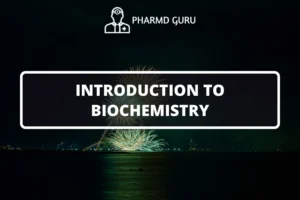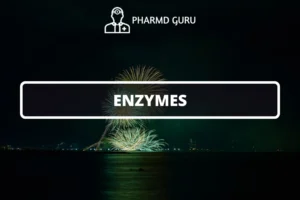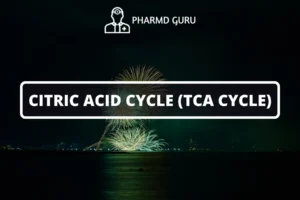Carbohydrate metabolism is a fundamental process that occurs in all living organisms, providing energy and building blocks for various cellular functions. Glycolysis, the initial step in carbohydrate metabolism, is a highly conserved and essential pathway that converts glucose into pyruvate. This article explores the process of glycolysis, highlighting its steps, regulation, energy production, and significance in cellular metabolism.
SCROLL DOWN TO THE BOTTOM OF THE PAGE FOR ACTUAL NOTES
Table of Contents
- Introduction to Carbohydrate Metabolism
- The Process of Glycolysis
- Regulation of Glycolysis
- Energy Production in Glycolysis
- Significance of Glycolysis in Cellular Metabolism
1. Introduction to Carbohydrate Metabolism
Carbohydrate metabolism involves the breakdown and synthesis of carbohydrates within cells. Carbohydrates, such as glucose, serve as the primary source of energy for cellular activities. They are also involved in the biosynthesis of essential molecules, including nucleotides, amino acids, and lipids.
2. The Process of Glycolysis
Glycolysis is a central pathway in carbohydrate metabolism that takes place in the cytoplasm of cells. It can occur with or without the presence of oxygen and consists of ten sequential enzymatic reactions, which can be grouped into three phases: the preparatory phase, the payoff phase, and the regeneration phase.
Preparatory Phase:
- Glucose Phosphorylation: Glucose is phosphorylated by the enzyme hexokinase, consuming ATP and converting glucose to glucose-6-phosphate.
- Isomerization: Glucose-6-phosphate is converted to fructose-6-phosphate by the enzyme phosphoglucose isomerase.
Payoff Phase:
- Phosphorylation: Fructose-6-phosphate is phosphorylated by ATP, forming fructose-1,6-bisphosphate, catalyzed by the enzyme phosphofructokinase.
- Cleavage: Fructose-1,6-bisphosphate is split into two three-carbon molecules: glyceraldehyde-3-phosphate (G3P) and dihydroxyacetone phosphate (DHAP).
Regeneration Phase:
- Isomerization: DHAP is converted into G3P by the enzyme triose phosphate isomerase, resulting in two molecules of G3P.
- Oxidation: G3P is oxidized, generating NADH and producing 1,3-bisphosphoglycerate.
- Substrate-level Phosphorylation: 1,3-bisphosphoglycerate donates a phosphate group to ADP, forming ATP and 3-phosphoglycerate.
- Isomerization: The enzyme phosphoglycerate mutase converts 3-phosphoglycerate into 2-phosphoglycerate.
- Dehydration: 2-phosphoglycerate loses water, forming phosphoenolpyruvate (PEP) catalyzed by the enzyme enolase.
- Substrate-level Phosphorylation: PEP donates a phosphate group to ADP, forming ATP and pyruvate.
At the end of glycolysis, two molecules of pyruvate are produced from one molecule of glucose. Pyruvate can enter further metabolic pathways, such as aerobic respiration or fermentation, depending on the availability of oxygen.
3. Regulation of Glycolysis
Glycolysis is tightly regulated to maintain metabolic homeostasis. Key regulatory steps include the enzymes hexokinase, phosphofructokinase, and pyruvate kinase. Hexokinase is inhibited by high levels of glucose-6-phosphate, ensuring that glucose is only phosphorylated when needed. Phosphofructokinase is allosterically regulated by various metabolites, such as ATP, citrate, and fructose-2,6-bisphosphate, controlling the rate of glycolysis. Pyruvate kinase is allosterically inhibited by ATP and alanine and activated by fructose-1,6-bisphosphate.
4. Energy Production in Glycolysis
Glycolysis plays a crucial role in energy production. Through substrate-level phosphorylation, it generates a net of two molecules of ATP per glucose molecule. Additionally, the oxidation of G3P produces NADH, which can enter the electron transport chain and contribute to the production of more ATP through oxidative phosphorylation in aerobic conditions.
5. Significance of Glycolysis in Cellular Metabolism
Glycolysis is a central pathway in cellular metabolism with several important roles. It provides a source of energy, especially in anaerobic conditions when oxygen is limited. Glycolysis also produces intermediates that are utilized in other metabolic pathways, including the synthesis of amino acids, nucleotides, and lipids. Furthermore, glycolysis plays a crucial role in red blood cells, which rely solely on glucose metabolism for energy production.
ACTUAL NOTES




